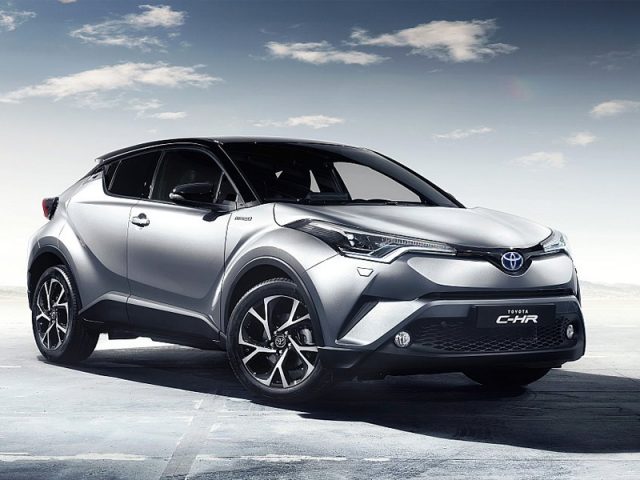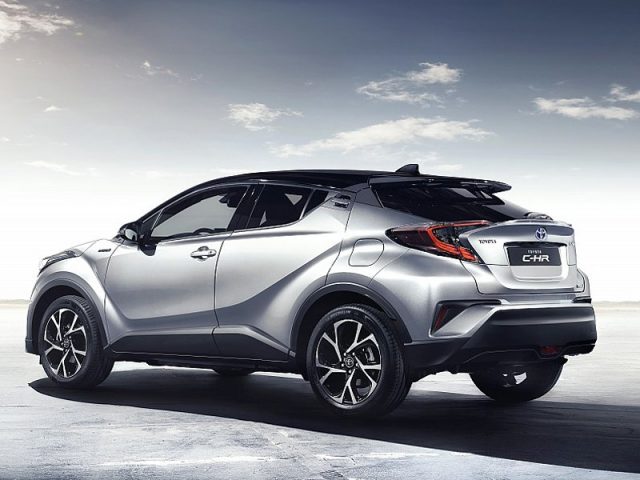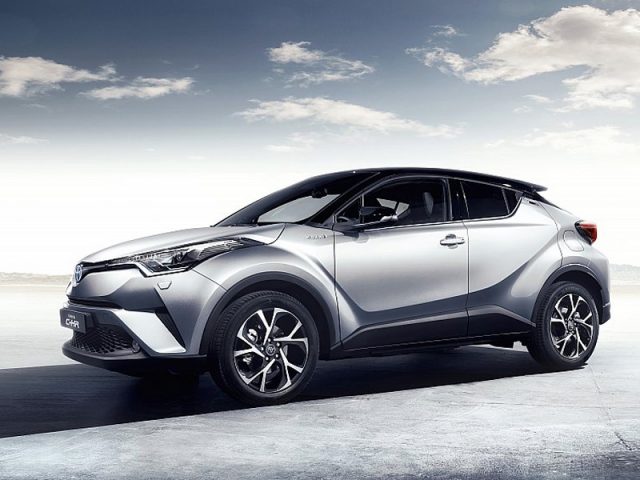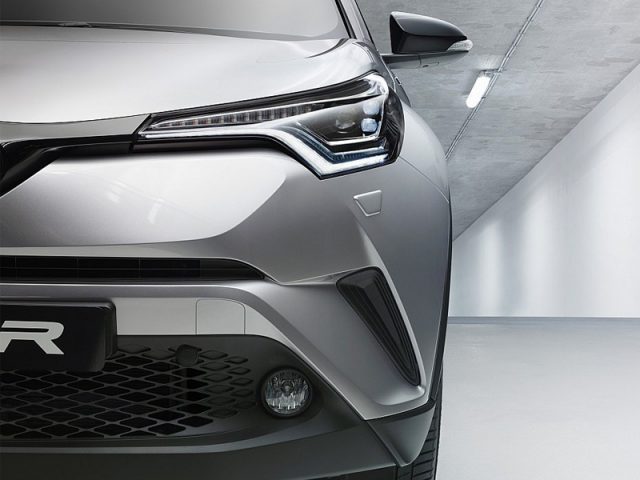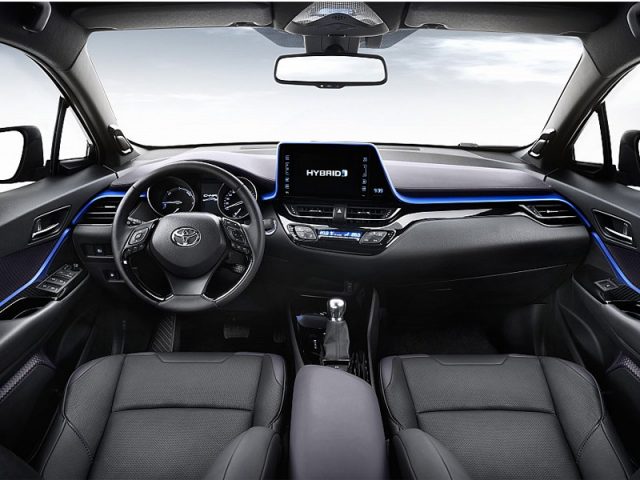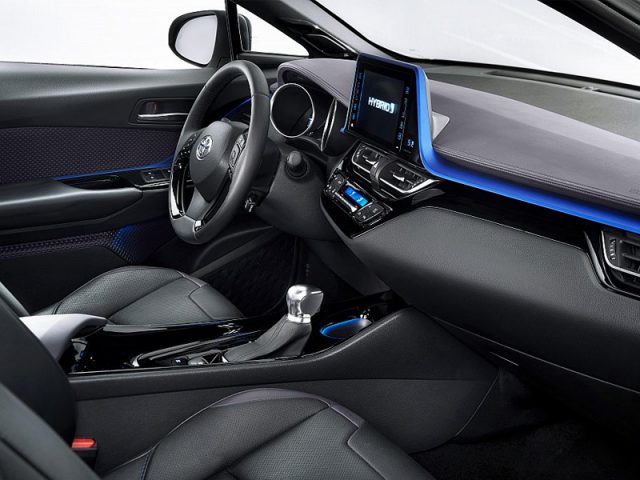First Drive: Toyota C-HR Hybrid
The C-SUV crossover segment is increasingly hard for manufacturers to ignore, with sales growing every year. Toyota is the latest to join the sector, but rather than offering the typical small petrol and diesel engines, the firm is staying true to its roots and giving customers a choice of petrol or petrol hybrid.
The C-HR is the first car outside Japan to be built on Toyota’s New Global Architecture (TNGA) platform. This incorporates a 65% stiffer chassis, with many of the components mounted lower in the frame, for improved road holding and a lower centre of gravity. With a new McPherson strut front suspension and double wishbones at the rear, both tuned for European roads, the C-HR delivers on the promise of a relatively refined ride, at least on Spain’s smooth asphalt.
C-HR has a choice of two drivelines, a 1.2-litre turbocharged petrol or that hybrid, which uses a 1.8-litre petrol. The 1.2T develops 114hp and 145Nm of torque, while the hybrid, which Toyota expects to grab up to 75% of UK sales, pushes out a combined 120hp with 142Nm of torque.
Equally importantly, the hybrid offers a claimed combined fuel figure of up to 74.3mpg, with emissions of just 86g/km (both with 17” wheels). That results in a Benefit in Kind figure of just 15%, putting the compact Toyota ahead of rival crossovers like Nissan’s Juke and Vauxhall’s recently updated Mokka X.
The car uses a new hybrid system, that, though marketed as a CVT (continuously variable transmission) is in fact a single planetary gear set, with two electric motor-generators. This allows the C-HR to move off in electric drive with initial acceleration boosted by torque from the electric motors. A compact Nickel Metal Hydride (Ni MH) battery pack sits beneath the rear seats, with no intrusion into the cabin or the load space.
Around town the car is smooth and quiet, slipping between electric and petrol/electric drive with only a graphic on the dash signifying which is in use. Move away from urban streets however and the familiar CVT drone is still present, despite the geared driveline. Attempt to push on and you will certainly notice the engine note intruding into proceedings.
On the motorway it’s a different story though, with the car happy to keep pace with traffic with little fuss. Indeed once cruising the battery will be charging and the engine barely consuming any fuel.
The C-HR has a distinctive appearance that holds true with the original concept drawings. The coupe-like glasshouse, C-HR stands for Coupe High Rider, allows reasonable headroom for front and rear passengers. Those in the back seats get very little glass to look out of though, which can feel claustrophobic with the hybrid’s all black interior. Leg room is reasonable however and the boot is on a par with the class norm.
There are three trim levels on offer, all of which come well equipped. Toyota expects 30% of UK buyers to opt for the entry Icon model with an equal split between mid-range Excel and range-topping Dynamic trim levels. In each case the hybrid driveline accounts for around a £2,500 premium over the 1.2T petrol engine with a manual box or £1,400 more than the same engine with a conventional CVT.
Toyota is boasting potential residuals of around 45%, leading to some highly competitive lease and purchasing costs. A five year/100,000 mile warranty also comes as standard. With that in mind the company expects around 44% of UK sales to be to fleet buyers.
C-HR will not be a niche product either. The firm is hoping to sell around 16,000 a year, accounting for 15% of the company’s total UK car sales, with up to 100,000 a year finding buyers throughout Europe. As the only hybrid in the sector, the C-HR certainly has a USP.
Verdict:
If you live out of town the regular 1.2T petrol motor makes a strong case for itself. However for urban drivers and those looking for a crossover with low BiK tax rates, look no further than this stylish hybrid.





